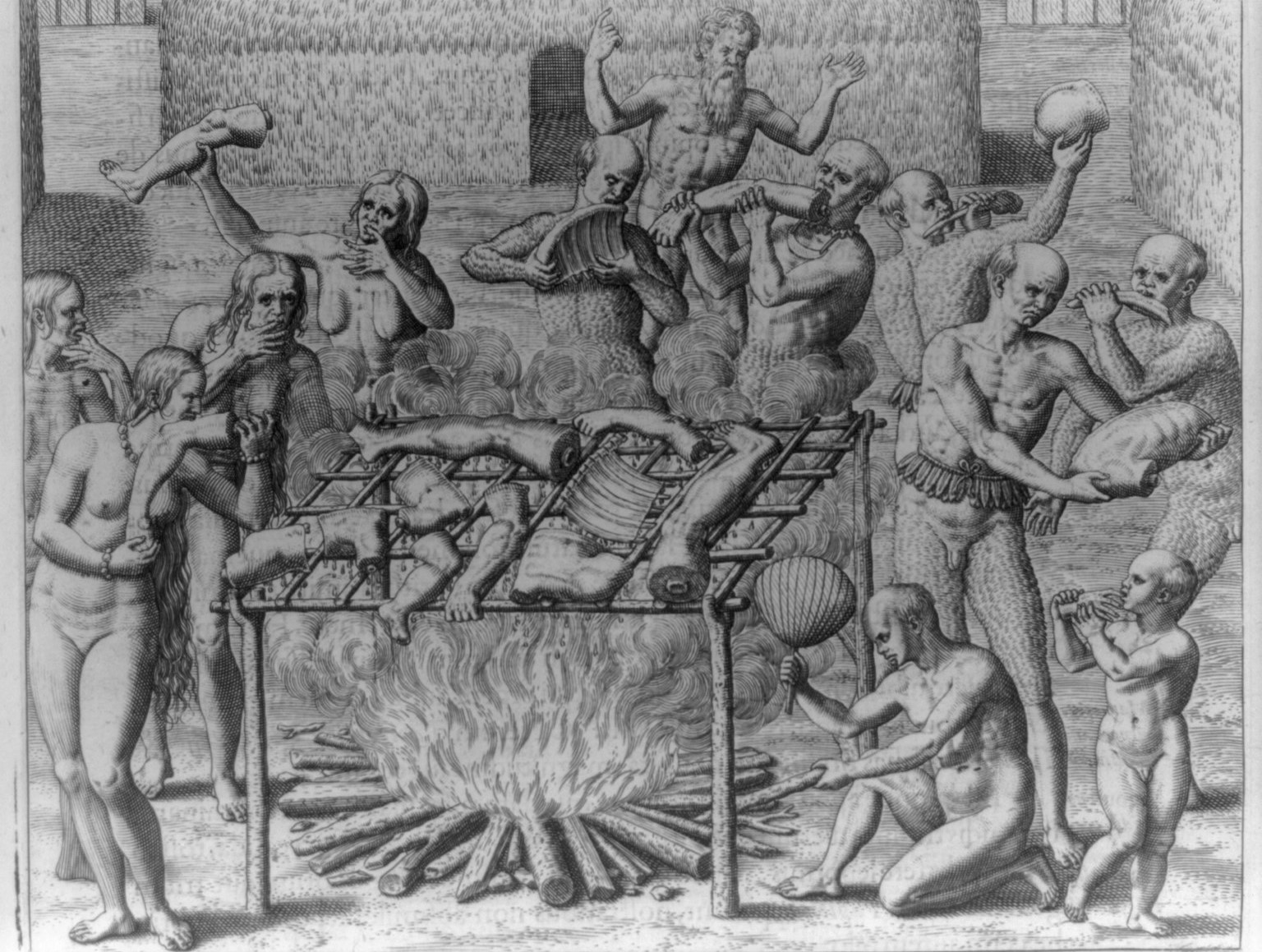 ndocannibalism is a cultural practice that involves the consumption of human flesh by members of a community. While it may seem shocking and even abhorrent to outsiders, endocannibalism has been practiced by various societies throughout history and is still observed in some parts of the world today.
ndocannibalism is a cultural practice that involves the consumption of human flesh by members of a community. While it may seem shocking and even abhorrent to outsiders, endocannibalism has been practiced by various societies throughout history and is still observed in some parts of the world today.
The origins of endocannibalism are not well understood, but it is thought to have emerged as a way of honoring and remembering the dead. In some cultures, consuming the flesh of deceased family members is seen as a way of incorporating their essence into the bodies of the living and preserving their memories. It is also believed to be a way of showing respect for the deceased and ensuring that their souls pass peacefully into the afterlife.
Despite its cultural significance, endocannibalism is a highly controversial practice and has been subject to intense scrutiny and criticism. In this article, we will delve deeper into the history and cultural significance of endocannibalism and explore some of the ethical and moral questions that arise from this practice.
The Historical Roots of Endocannibalism

Endocannibalism is not a new phenomenon and has been practiced by various cultures throughout history. One of the most well-known examples is the Fore people of Papua New Guinea, who practiced a form of endocannibalism known as “mortuary feasting.” The Fore believed that consuming the flesh of their deceased loved ones would honor them and ensure that their spirits remained with the living.
Another example of endocannibalism can be found in the Aztec civilization of ancient Mexico. According to historical accounts, the Aztecs engaged in ritual sacrifice and consumed the flesh of their victims as a way of appeasing the gods and ensuring good harvests.
Similarly, the Maori people of New Zealand practiced a form of endocannibalism known as “mokomokai.” This involved the preservation of the heads of deceased members of the tribe, which were then adorned with tattoos and displayed as a sign of respect for the dead.
Endocannibalism in Modern Times
While endocannibalism may seem like a relic of the past, it is still practiced in some parts of the world today. One example is the Aghori sect of Hinduism, which practices a form of endocannibalism known as “kapala moksha.” This involves the consumption of human flesh and the use of human skulls as ceremonial objects.
Similarly, the Korowai people of Papua New Guinea are known to practice endocannibalism as part of their cultural traditions. The Korowai believe that consuming the flesh of their deceased relatives is a way of ensuring that their spirits remain close and that their knowledge and wisdom are passed down to future generations.
The Ethics of Endocannibalism
While endocannibalism may have cultural significance for those who practice it, the practice is highly controversial and raises numerous ethical questions. One of the most pressing concerns is the potential health risks associated with consuming human flesh. Consuming human flesh can transmit diseases and viruses, including prion diseases like Creutzfeldt-Jakob disease (CJD), which can be fatal.
Another ethical concern is the issue of consent. In many cases, the individuals whose flesh is consumed have not given their explicit consent to the practice. This raises questions about the violation of individual autonomy and the right to determine what happens to one’s body after death.
Furthermore, the practice of endocannibalism has been criticized as a violation of basic human dignity and respect for the dead. It is argued that consuming the flesh of the deceased is a degrading and disrespectful act
Avid Writer with invaluable knowledge of Humanity!
Upcoming historian with over 30 million views online.
“You make your own life.”





